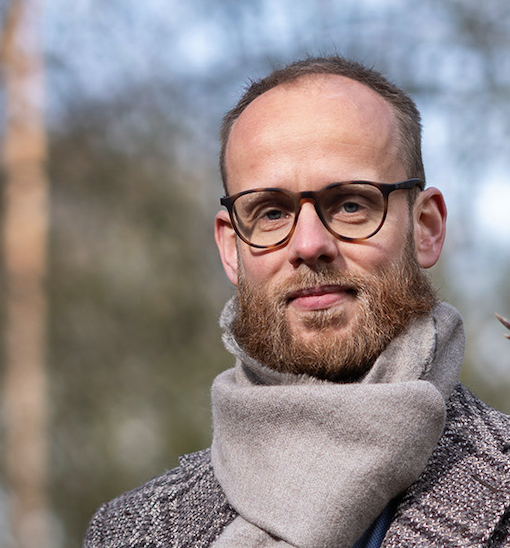In order to tackle climate change we need to deepen our relationship with nature and wisely steer and use the AI revolution.
That’s my personal belief and driver. To find that sweet spot – a symbiosis between humans, nature and AI. A state of being from which we can turn things around and see people and planet flourish.
It’s also driver behind this newsletter; every time three insights regarding nature, AI and humans. Every insight is a stepping stone towards a regenerative way of thinking and being. This time I belief I’ve some wonderful gems to share. Hope you’ll enjoy them!
- Artificial Intelligence: Revolutionary weather forecasting with AI
- Human Intelligence: Dealing with the Preparedness Paradox
- Natural Intelligence: Xenobots – self replicating living robots
1) Revolutionary weather forecasting with AI
Artificial Intelligence
Scientists at DeepMind just created a revolution in weather forecasting with their new AI. Weather forecasting is an immensely complicated task and costs billions and billions of dollars. You have to take into consideration temperature, precipitation, wind, humidity, pressure, vortical velocities and so much more. And then simulate their physics in to the future…
The new AI model from Google’s DeepMind needs only one minute to predict ten days of weather. And the accuracy even outperforms the industry standard and it is better than the current techniques on about 90 to 99% of the test cases. Truly incredible!
See this video from 2 minute papers for more:
Why is this important for Regenerative Intelligence?
- People and organizations can respond more quickly and precise to increasingly extreme weather events.
- The integration of AI into environmental management allows for a more holistic approach to understanding and responding to ecological challenges.
- It’s a signal of a broader transformation; AI as a system technology, similar to the steam engine, electricity, the combustion engine and computer. It changes every industry, and almost every part of life.
2) Dealing with the Preparedness Paradox
Human Intelligence
Perhaps you’ve found yourself in this scenario; you’ve worked day and night to prevent a disaster from happening. Thanks to your foresight and hard work you succeed and nothing worrisome occurs. The response from others? “Oh, that’s wasn’t so bad. Guess you really didn’t need all that money and time.” – Yeah, thanks for nothing guys.
This phenomenon is called the preparedness paradox. When one succeeds in minimizing the damage of a disaster, the averted crisis may be seen as less severe due to the reduced impact. This paradox lies in the mistaken belief that the minimal damage indicates there was no need for thorough preparation, overlooking the fact that it was precisely this preparedness that mitigated the harm… The IT sector is notably caught in an endless preparedness paradox. If everything goes smoothly people ask: “Why did we spend so much on IT?” If things go sideways they say “Why did we spend so much on IT?”
The preparedness paradox can pose a threat, as it may prevent individuals, organisations and societies from garnering support to prepare for the next disaster. This can apply to IT security, climate adaption changes, or any other (work) related issue.
To use this knowledge for your advantage, you can combat the preparedness paradox. Transformative language guru Jens van der Weele advises you to:
- Tell stories where preventive measures weren’t taken and things went to sh*t.
- Create what-if histories: imagine if we hadn’t take build this dike.
- Highlight the immediate benefits: for example, how nice it is to live in green surroundings.
3) Xenobots – self replicating living robots
Natural Intelligence
We end with natural intelligence. Or is it artificial intelligence? Or something in between…
While doing research for our next book titled ‘Real Smart,’ I fell into the rabbit hole of synthetic biology. I delved into DNA storage, molecular computers which can be integrated into our bodies, to techniques like DNA Origami. As you can read from the terminology; the domain of synthetic biology is a unique blend of natural and artificial intelligence.
My side-adventure ended with regenerative medicine and Xenobots. Xenobots are biological robots made from frog cells which can replicate by smooshing loose cells into new robots. This is a reproduction method not seen in any other organism. Composed of genetically unmodified cells but designed by artificial intelligence (AI), xenobots are not normal by any means. Xenobots made a lot of headlines in 2021, but to this day scientists are still debating whether xenobots are robots, organisms, or something else entirely.
To me, this is some creepy and intriguing stuff… It’s on the edge of where our human knowledge and capabilities are and it truly mixes AI with natural intelligence. And it begs the question “Should we do this?”. Have a look yourself in this short clip:

 English | EN
English | EN 